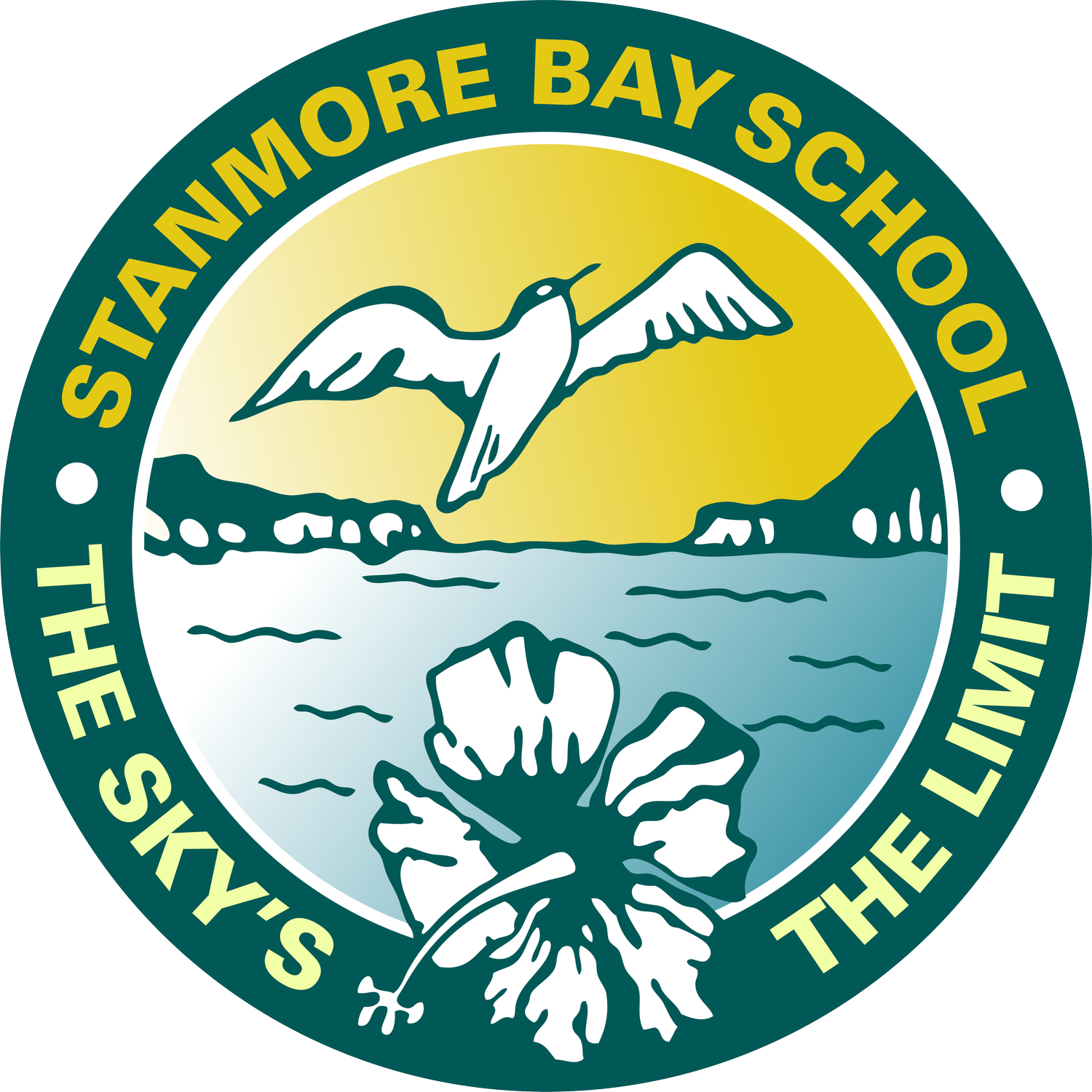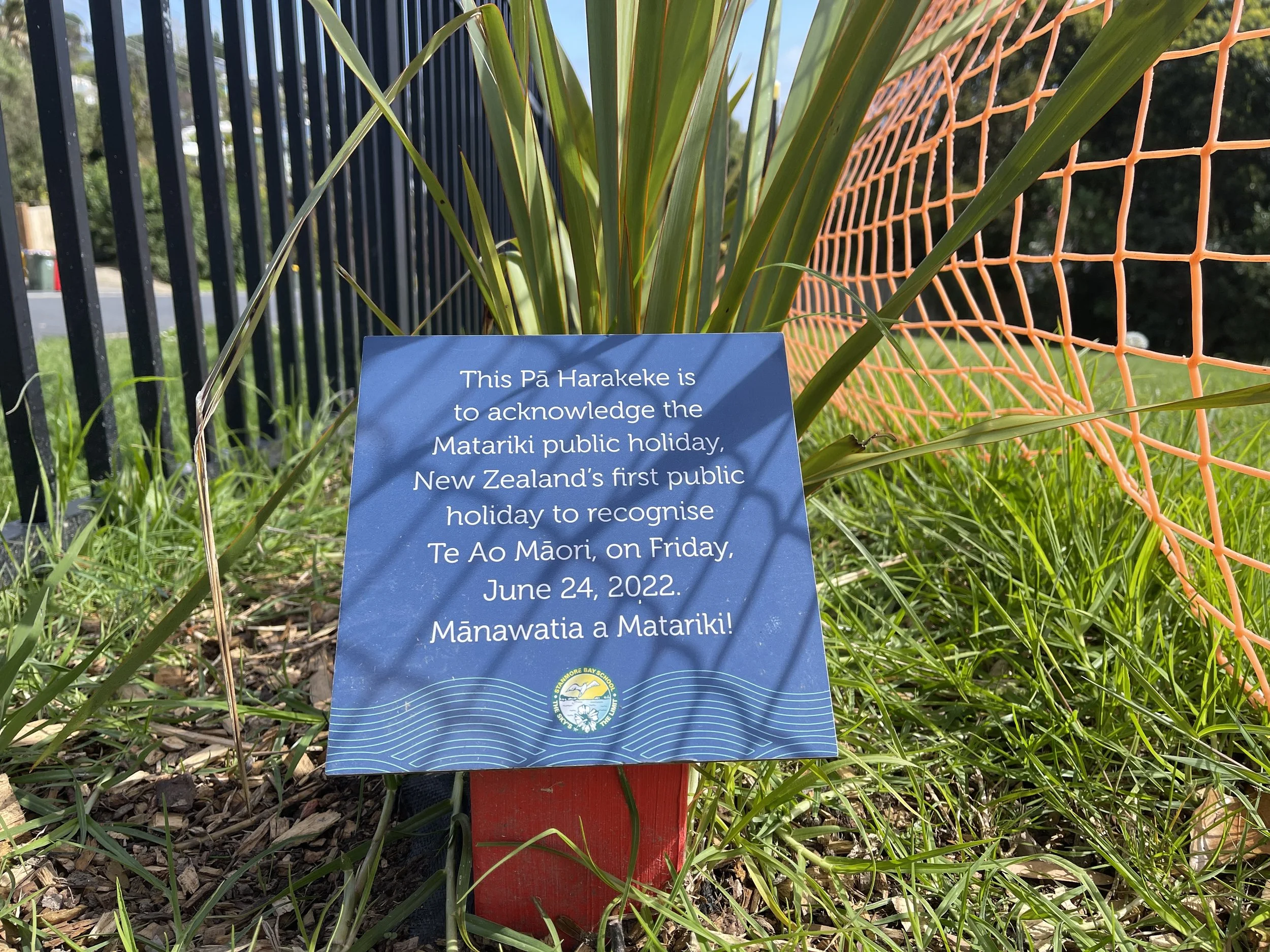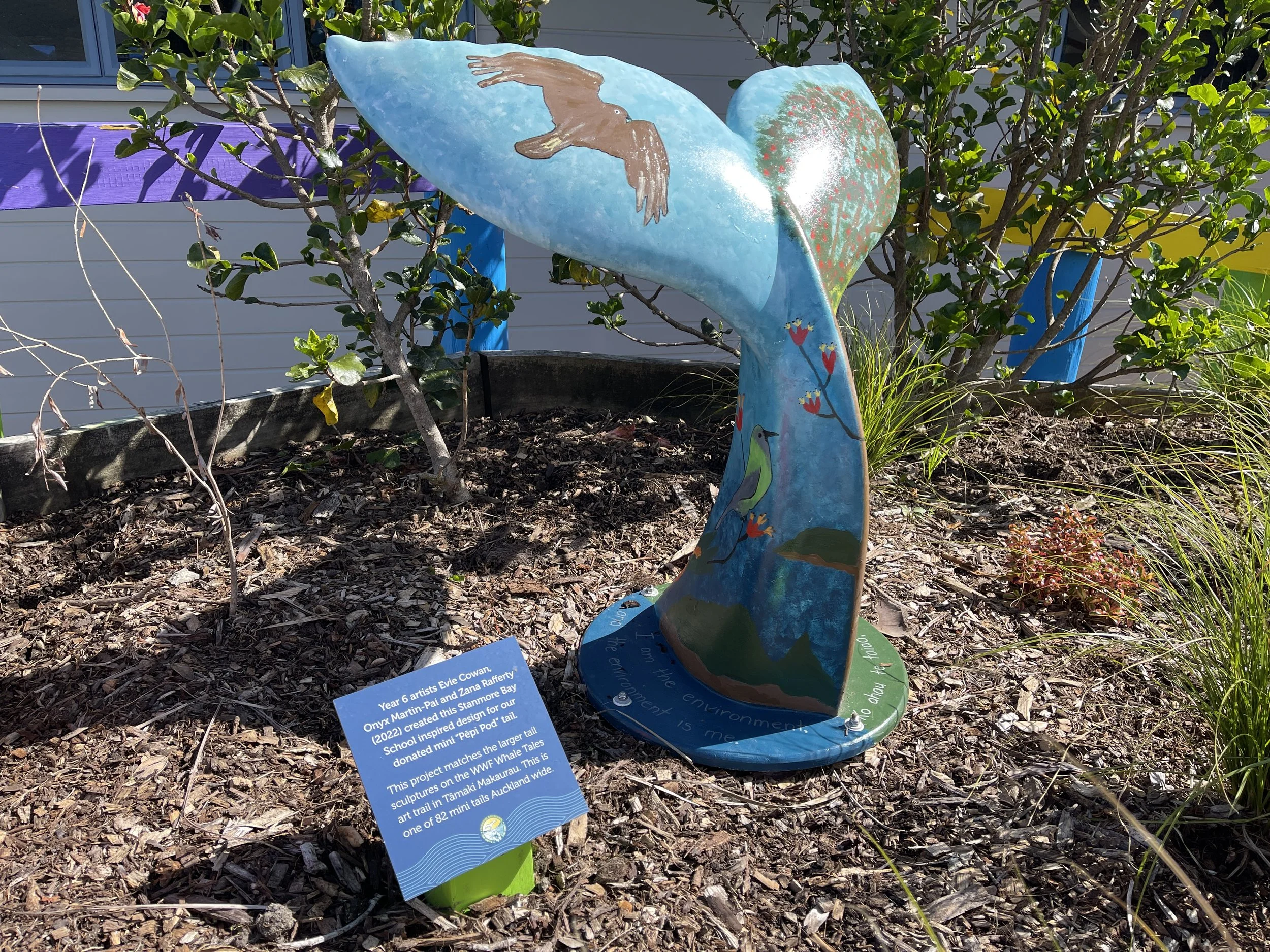Our Environment
We are an Enviroschool.
We have dedicated staff and community members that help support our student Enviro Leaders and fellow kaitiaki (younger enviro warriors) in a range of recycling, composting and worm farming initiatives that utilise the surplus by-products we as a school generate.
We strongly encourage students to bring litterless lunches to school our students advocate for this, especially when the Enviro Team want to audit the amount of rubbish we generate at school throughout the year.
Our School provides a number of Walking Buses around our community to support students in walking to and from school, collectively.
On our school grounds we have an orchard, as well as specific raised garden beds for vegetables to be planted and eventually consumed by our tamariki. A particular favourite is the planting of vegetables in preparation for Matariki when our classrooms and also our community come together to feast on these foods collectively.
On our grounds we have a growing range of New Zealand native trees, shrubs and grasses, as well as some exotic plants. With Stanmore Bay School situated on the flight path from Tiritiri Matangi to the Waitakere Ranges, we believe it vital to plant more native plants for our native bird species.
Plantings of importance
We have two pā harakeke on site. One is an acknowledgement of our School’s 40th anniversary (2019), which has a kōwhai tree planted in each planter box representing each of the School’s Principals and the other is to acknowledge New Zealand’s first public holiday celebrated for Matariki (2021).
The 40 year anniversary pā harakeke is situated on the field in the northwest corner of the grounds near Gate E
The Matariki pā harakeke is situated on the boundary fencing in the southwest corner of the grounds on Waiora Road, near our Top Court.
We have a totara planted to acknowledge the passing of Stanmore Bay School’s foundation Principal, Frank McCullough, in the March 2011.
Our "Pēpi Pod" garden
In early 2022, Room 25 was donated 1 of 80 miniature versions of the Whale Tail to participate in the immersive experience celebrating Aotearoa, art, and marine conservation in Tāmaki Makaurau Auckland. Whale Tales is a public art trail across Tāmaki Makaurau Auckland. The class collated ideas from different students about what our whale tail could look like. A small group was able to work on this whale tail sculpture, which joined the Pēpi Pod trail. After the trial period concluded, it was returned to our school. A special thank you to Evie and Zana for your ideas and hard work, and to Onyx for his kaitiaki design. The student artists are really happy to see their names next to their collective creation.
Ko ahau te taiao ko te taiao ko ahau - I am the environment and the environment is me.
The artists and class felt it was important that the design highlighted our beautiful environment. "We love the Stanmore Bay beach area with its majestic pōhutukawa trees and view of the islands in the Hauraki Gulf. Each of the birds pictured represents our Whānau groups at school. The Tūī for our junior students, the Korimako for our middle students and the Kāhu for our senior students. The Māori designs represent the kaitiaki (guardian) role that we believe each of us has to protect and care for our environment".
In late 2022, Stanmore Bay School's Whale Tail and a plaque acknowledging the creation and artists were installed near the Auditorium and pedestrian gate.
Greener practices
We have repurposed the school’s original water tanks to now be used to irrigate our bottom field and to provide water directly to our Orchard and surrounding areas. These tanks collect rain water from a number of roof spaces.
We attempt to compost as much removed plant life as possible, on site with our range of traditional compost bins, tumble compost bins, and worm farms.
Our students and staff help maintain and care for these practices
We also have a large 25 watt solar panel array on site, which helps with generating additional electricity the school requires.
We can view the amounts of water and electricity we are generating by clicking on the “Solar Panels” and “Water Tanks” data links.
Accessing School Grounds after hours
To gain access to the school grounds after hours and during the weekend, there are two points of entry. Please use either the pedestrian gate beside the large vehicle gate in front of our Office block near the Auditorium or the pedestrian gate beside the Top Court near Gate C. These entry points can be accessed from Gate A and/or Gate B off Waiora Road. Please see the school map for directions.
gates - Pedestriangates - pedestrianFurther Information
-
We have four playgrounds situated around our school - one Year 1, one Year 2, one Year 3 and 4 and one Year 5 and 6. Each playground has age and skill-appropriate items within its set up.
We have a Top, Middle and Bottom court here, which sees both the Top and Bottom Courts turfed.
The Top Court has a three-quarter sized basketball court mapped out on the surface, as well as a junior and senior-sized netball hoop, and two handball courts which also act as differently distanced free throw lines in front of our hoops.
The Middle Court is more of a thoroughfare space, but our junior sandpit, Year 1 playground, netball hoops and access to the Hall, Auditorium and middle and lower half of the school are all situated here.
The Bottom Court has a full sized netball court mapped out on the surface, with junior and senior sized netball hoops at each end (these units can be rotated to provide either a lower or higher height). There are also two handball courts within the court space.
We have a smaller concrete pad near Room 25 (north west corner of the site) which is often used for playing handball at break times.
We have a very generous sized field at the bottom of our property near D’Oyly Reserve, which has a drainage system and is irrigated using our ‘greywater’ tanks. Students are able to borrow sporting equipment from our PE Shed (below Rooms 15 and 16 on the edge of the field) to play with at break times.
We allow our students to climb designated trees (to a set height), and play within our treelines, as well as provide numerous teacher and Student Leader led (passive and active) activities at both break times around the school.
-
-
-
Coming soon!







